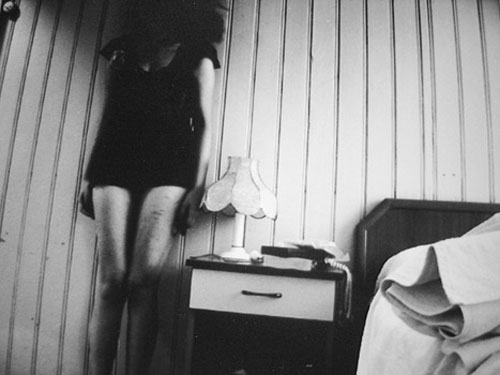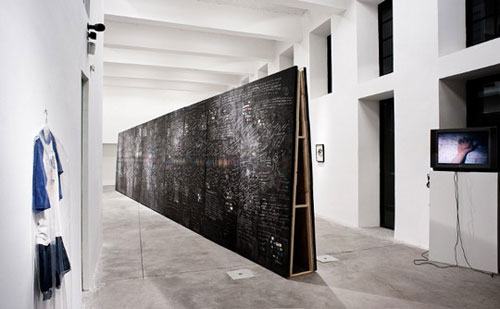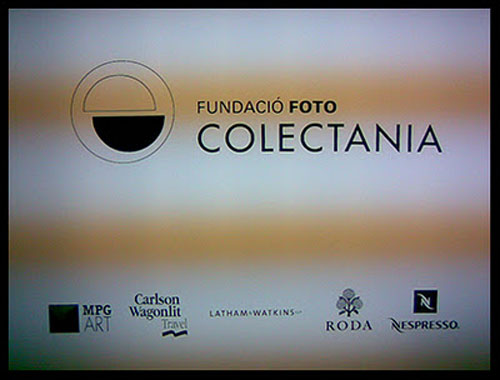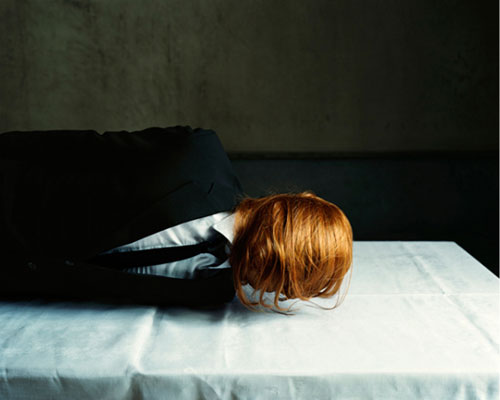We´re not yet in a position to appreciate the tremendous impact the photography had on our lives. We are not only talking about the appearance of a mechanical process that replaced the production of images formed by exposure to iodine vapor on polished silver plates or silver-plated copper daguerreotypes, which were not totally alchemical resonances that were subsequently lost, because of the development of the film darkrooms, in which between magic emulsions of an extraordinary, subtle corrosiveness power were used. But above all, the mass multiplication of these views of essentially omnipresent ghosts of reality, which have been largely replaced. This is, of course, the substantive issue, because in fact the picture, regardless of media and materials used is almost as old as human history and plays a key role in the establishment of some of the myths in Western cultures.
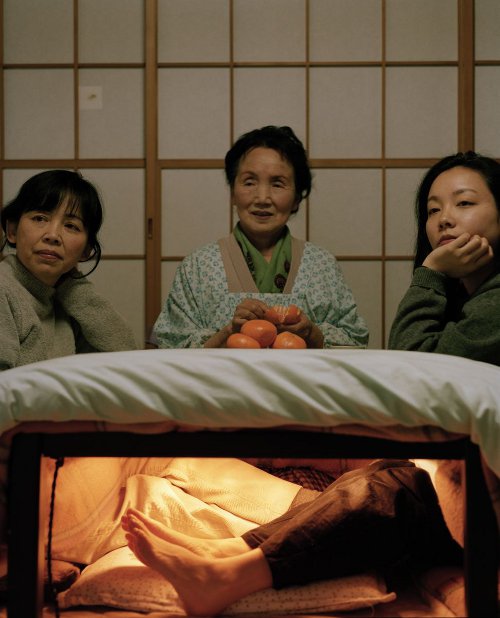
Perhaps one of the most disturbing thing in relation to the photographic image, are the ways, in which these are related to memory. We have been suggested repeatedly by a good number of philosophers and poets; born, live and run in the same landscapes that are unique to the imagination, and may be even identifed with a region of this. The relationship between photography and memory is so ambiguous, rich, contradictory and conflicted as the one with what we call reality and in one of the main issues addressed by a retrospective of the last ten years of work by Japanese artist Chino Otsuka that can be seen until the 9th of September at the Photography Museum Huis Marseille in Amsterdam (http://www.huismarseille.nl/en/exhibition/chino-otsuka-a-world-of-memories).
The exhibition also includes two recent video installations designated by the term graphic memory (1 and 2 respectively) and a work especially for the display which includes the research and compilation of the Japanese left traces in the Dutch history of nineteenth century, apparently assumed that only a certain distance from the use of Otsuka´s self-portrait as a means of exploring her cultural identity. As for the rest of his attractive photographic production, the main concern of this forty-years-old Japanese artist, educated mainly in England in a liberal experimental boarding where the students themselves ran the course of their studies and later at the University of Westminster the Royal College of London, this seems to be the inquiry about her own identity through a series of self portraits in different places she has ever belonged to question in a literary sense the way the Photo retain, build or invent our memories.
Like her, we don’t really know if the photos help us remember or to forget , but our suggestion is not to forget to visit her exhibition when renting apartments in Amsterdam.

 English
English